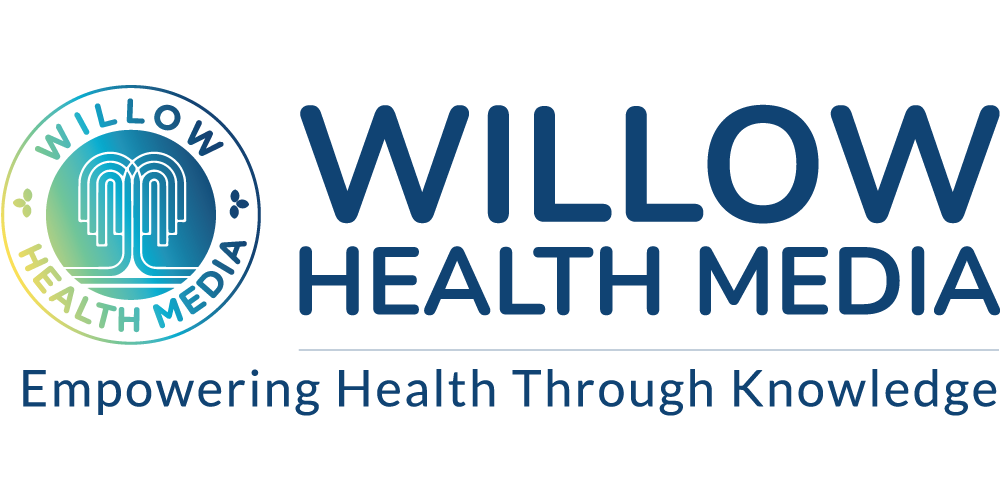Kenya’s insurance firms can reward clients with discounts for hitting the gym, attending regular check-ups. The result? Healthier policyholders, longer premium payments, fewer outrageous claims…
Imagine a Kenya where chronic Non-Communicable Diseases (NCDs) like hypertension, diabetes and cardiovascular disease no longer dominate hospital wards—where communities thrive, and insurance companies evolve from financial protectors into active partners in fostering health and well-being.
This vision is within reach, but it begins with understanding the crisis we face today.
In previous years, Kenya’s healthcare system grappled with communicable diseases like HIV, malaria and Tuberculosis. Today, the country, like many in the developing world, is undergoing an epidemiological transition toward NCDs and injuries, resulting in a “triple burden of disease.”
According to the Kenya NCD Strategic Plan (2021-2025), NCDs account for over 55% of hospital deaths and more than half of admissions. About 39% of deaths in 2019 were due to NCDs, up from 27% in 2014, with projections suggesting a 55% increase by 2030. Beyond their toll on health, NCDs burden the economy with their chronic nature and high care costs. Yet, the hopeful truth is that up to 80% of these illnesses are preventable through lifestyle changes.
This is where Kenya’s insurance industry steps into the story. For decades, insurers have focused on covering risks after they materialize. But today, they hold the power to rewrite the script. By incentivizing healthy lifestyles, insurers can benefit their bottom line—fewer claims from a healthier client base mean more premiums collected—while improving the nation’s health.
Consider Janet, a businesswoman who buys health insurance to offset medical expenses. If Janet develops diabetes due to an unhealthy lifestyle, her insurer faces costly payouts. But what if they had intervened earlier? Offering Janet discounts on premiums for attending check-ups, joining a gym, or tracking steps via a wearable device could reduce her risk. Janet stays healthier, pays premiums longer, and the insurer avoids high claims—a win-win.
This is the insurance-wellness nexus: where insurance is integrated with wellness programs to promote health and prevent illness, cutting healthcare costs. With advancements in AI, data analytics, and technology, insurers can personalize incentives, predict risks, and design tailored programs.

In Kenya, there is an insurer that has been rewarding policyholders for meeting fitness goals or attending screenings, offering perks like gym benefits and vouchers for healthy products since 2016.
In South Africa, policyholders have been earning points for exercise tracked via wearable devices, check-ups, and nutritious purchases, progressing through status levels for rewards like up to 25% off premiums, gym subsidies, or cashback on groceries since 1997.
In the USA, another insurer ties life insurance to wellness, rewarding steps and health engagement with smart watches or premium savings— 89% of buyers in a 2018 study preferred it over traditional policies, doubling their step counts compared to the average American.
Other innovative strategies include:
- Gamification: Policyholders earn badges for completing workouts or cooking healthy meals, thus unlocking discounts on premiums.
- Strategic partnerships: Insurance providers could partner with organizations such as KEMRI to provide NCD-related data to assist with the development of nationwide public health interventions.
- Tech-Driven Solutions: Wearable devices like Fitbits or better yet, locally developed apps could track activity levels, sleep quality, and even stress metrics, offering real-time feedback and rewards.
- Premium Discounts: Policyholders who quit smoking or maintain a healthy BMI might qualify for lower premiums—a direct incentive to promote and maintain positive habits.
- Use of AI and Data Analytics: Advanced technologies enable insurers to personalize health incentives by analyzing individual behaviors and risks. AI-driven insights allow insurers to set specific targets and track progress toward healthier outcomes.
- Community-Based Initiatives: Insurers can support grassroots campaigns promoting awareness about healthy living in rural areas where access to healthcare is limited. Example; sponsoring vaccination drives or educational programs about nutrition and exercise.
While the vision is compelling, the path forward is not without hurdles. Unfortunately, the country has a low insurance penetration rate, with data from the Kenya Demographic and Health Survey 2022 showing that only one in four people have some form of health insurance – meaning that if only 20% of the population is covered, many people could lack access to these incentives.
There are also valid concerns over the use of individuals’ sensitive health and personal data by insurance companies and other third parties. Many Kenyans view insurance as a reactive tool for emergencies rather than a proactive health investment—a mindset reinforced by cultural practices like harambee (fundraising), according to the Association of Kenya Insurers (AKI).
Additionally, clashes with cultural norms that favour immediate needs over long-term prevention, making concepts like paying premiums for future health benefits feel unfamiliar. Technological gaps further complicate adoption, with smartphone penetration at 60% in 2023 but uneven access, especially in rural areas, alongside limited internet and digital literacy.
Economic constraints hit hard, as low-income groups struggle with premiums and upfront costs like gym fees, prioritizing basic needs like food. Regulatory hurdles under the Insurance Regulatory Authority (IRA) discourage innovation with complex approvals, while trust in insurers remains shaky due to past scandals and claim delays. Limited healthcare infrastructure, especially in rural areas, adds another layer of difficulty.
These challenges, however, can serve as an opportunity for growth. Reducing the barriers to entry and cost in acquiring health insurance to ensure most Kenyans are covered and therefore able to benefit from these incentives.
The government can enforce the comprehensive data protection act and develop a robust health data protection framework, serving to protect Kenyans from the misuse of their personal data. Changing deeply entrenched habits will require continuous education and awareness campaigns in the local communities.
Tech gaps can shrink with affordable, basic devices (think subsidized step-counters) and offline app features, alongside digital literacy drives in rural schools or markets. Economic relief could come via micro-insurance models or employer subsidies, easing upfront costs. Streamlining IRA approvals needs insurer-government dialogue for faster innovation, while trust rebuilds through transparent claims—public dashboards showing payout rates could help. For healthcare access, partner with public clinics for free check-ups or mobile wellness units in rural areas, leveraging existing networks to bridge the urban-rural divide.
Picture a Kenya where insurance is not just a safety net but a catalyst for wellness. Where every step, every balanced meal, and every health check-up brings tangible rewards. Where insurers, policymakers, and individuals collaborate to prevent illnesses before they strike. This future is achievable. By leveraging technology, creativity, and strategic partnerships, Kenya’s insurance industry can turn the tide against Non-Communicable Diseases. Kenya’s health crisis demands bold solutions, and insurers are uniquely positioned to lead. By aligning their commercial interests with public health goals, they can create a ripple effect that transforms communities and economies.
Dr Nyandia Maina is a medical doctor, photo-essayist and creative non-fiction writer.
























